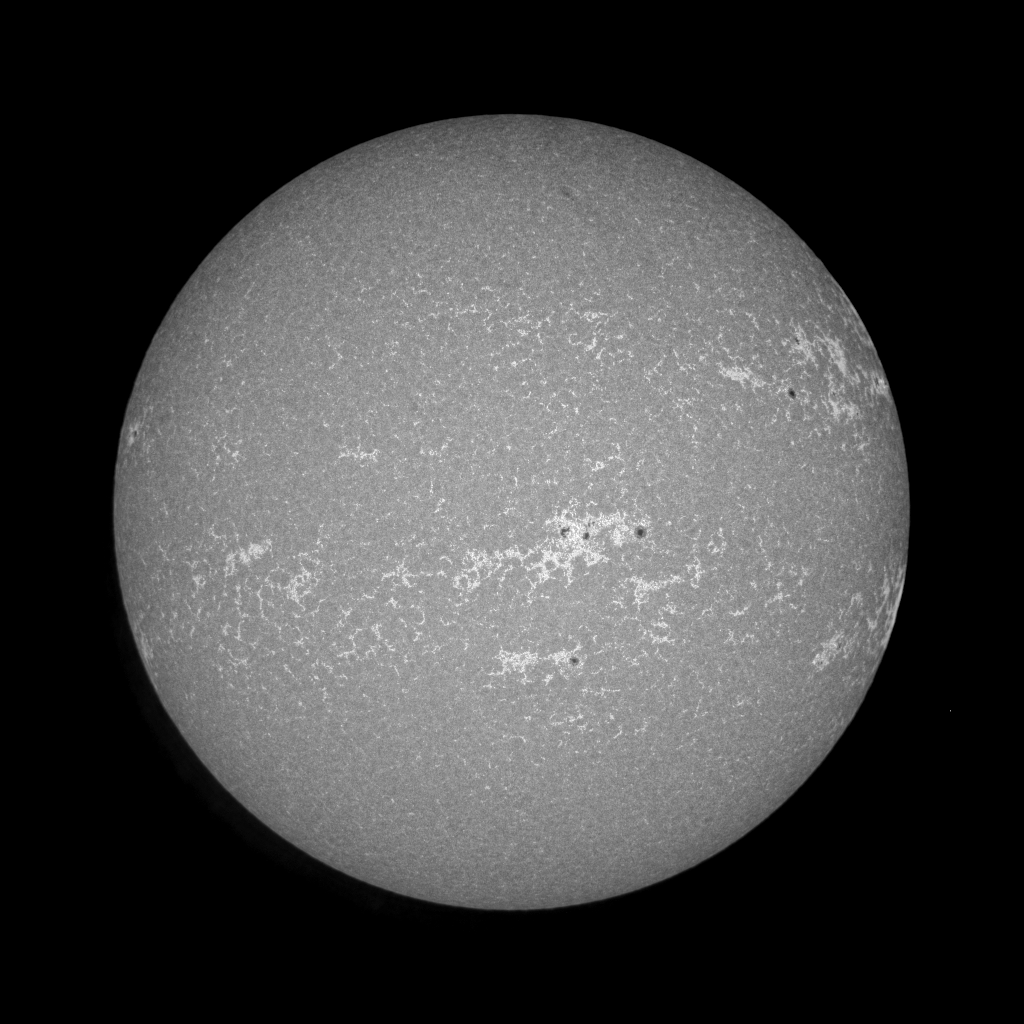This image was taken at a WYAS open night on 19th September 2012 using one of the new piers on the Telescope pad. This was taken using my 8" Celestron U2K SCT scope unguided with a Canon 40D DSLR.
This image is a stack of the best 47 from 65 images taken. All images are 59 seconds exposure at either 800, 1200 or 1600 ISO. This image has an overall combined exposure of 46 minutes approx. Images taken in RAW were stacked using Deep Sky Stacker software to create a composite image with final image processing done in Photoshop CS5.










